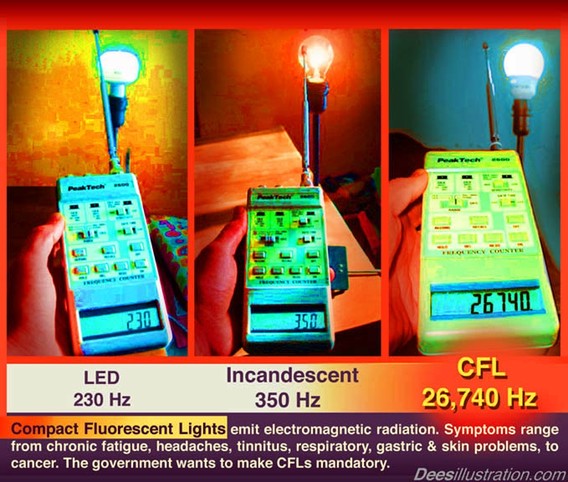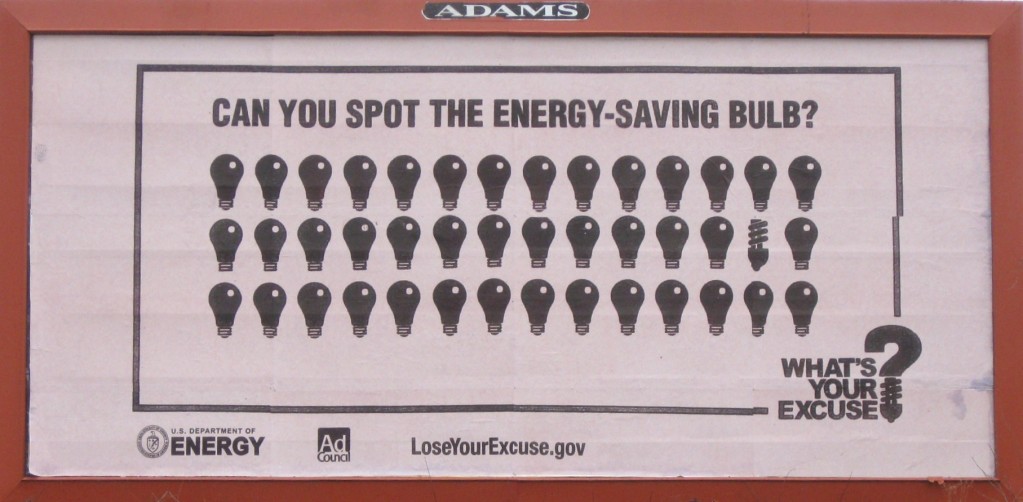GE Closes Last Incandescent Light Bulb Plant, Jobs Sent to China
Written By: Kenneth Artz
Publication date: 10/04/2010
Publisher: The Heartland Institute
General Electric has closed its last major factory making incandescent light bulbs in the United States, a victim of a 2007 law banning sale of the light bulbs by 2014. Environmental activist groups promised the restrictions would create green jobs, but workers at GE’s Winchester, Virginia plant are finding the law is merely creating red jobs overseas in China.
Cheaper in China
The 2007 law imposed energy efficiency requirements that cannot be met by traditional incandescent light bulbs. Compact fluorescent lights (CFLs), which are much more expensive than incandescent light bulbs, are the least expensive alternative. The manufacture of CFLs, however, is labor-intensive and too expensive to be done at U.S. wage rates.
GE could retrofit its Winchester plant to produce CFLs, but GE CFLs would be 50 percent more expensive than bulbs made in China with the benefit of cheap labor. Realizing it could not compete with such a cost disadvantage, GE is closing down its Winchester factory.
Two hundred workers at the Winchester plant are being put out to pasture during the worst economic conditions since the Great Depression. Many others preceded them while CFLs gained increasing market share under the looming incandescent light bulb ban.
“Everybody’s jumping on the green bandwagon,” Pat Doyle, who worked at the Winchester plant for 26 years, told the Washington Post (September 8). But “we’ve been sold out. First sold out by the government. Then sold out by GE.”
“Environmental activists and their allies in Washington were either too ignorant of basic economics to see these job losses coming or they were simply too callous to really care,” explained Heartland Institute science director Jay Lehr. “Either way, compact fluorescent light bulbs in the real world fail to live up to environmental promises, unnecessarily subject American households to toxic mercury, produce poor-quality light, and are sending American workers to the unemployment line.”
Job Losses Foreseeable
H. Sterling Burnett, a senior fellow at the National Center for Policy Analysis, says people should not be surprised by job losses caused by environmental mandates such as the ban on incandescent light bulbs.
“The claim that the unemployment caused by federal policies forcing CFL light bulbs on the public was an ‘unintended consequence’ would be laughable if the job losses weren’t so unfortunate,” explained Burnett. “They may have been unintended, but they were perfectly predictable. China has long dominated the CFL market, and even before Congress stepped in and basically banned incandescent light bulbs, manufacturing for CFLs was already moving overseas.”
Doubling down on the job-killing green mandates contained in the 2007 energy bill, “The Obama administration has repeatedly thrown billions of dollars in subsidies to ‘green technologies’ that can’t compete in the marketplace, are higher priced and thus aren’t chosen by most consumers when they vote with their pocketbooks, don’t function as well, and are manufactured overseas,” said Burnett.
Illusory Energy Savings
Sam Kazman, general counsel for the Competitive Enterprise Institute, pointed out banning incandescent light bulbs does not necessarily bring environmental benefits. In 1987 the town of Traer, Iowa handed out 18,000 free fluorescent bulbs to its residents in a demonstration project aimed at reducing power consumption, Kazman noted. Residential electricity use actually rose by 8 percent, because people used more lights and kept them on longer, once they realized their lighting was cheaper.
“This is yet another demonstration that technologies that utilize energy more efficiently often result in more energy use rather than less, because the energy becomes more useful. When these technologies are developed in a free market, everyone gains. But when they’re forced on people by legal mandate, then the outcomes are somewhat different,” Kazman said.
He added, “Some people may be pleased, but many others are left dissatisfied, while reductions in energy consumption are far less than predicted and in some cases nonexistent.”
“If the new energy-saving technologies being pushed by government are really that good, then we don’t need government to mandate them. And if they are being mandated, that’s a sure sign that they’re not very good,” Kazman observed.
Kenneth Artz (iamkenartz@hotmail.com) writes from Dallas, Texas.


